What is Trench Heating?
Q) What is trench or skirting heating?
A) Trench heating is heating that can be either water-based or electrical, where water pipes, or electrical elements encased in conduit, run in trenches dug beneath the floor. In the case of skirting heating, pipes or elements are hidden behind skirting boards.
Q) How does it work?
A) Cold air is drawn through grilles into the trench, or perforations into the skirting, where it is warmed and rises to heat the room by convection. You can have the system designed so that the grilles or perforations, and the heat, occur exactly where you want them. Thanks to natural convection, the whole room is warmed evenly from floor to ceiling. The water-based system can run off a conventional boiler, although it is important to check that your boiler has sufficient capacity; manufacturers suggest allowing 25 per cent greater capacity than you would for a radiator system. Thermostatic valves are fitted in each room to maintain the desired temperature.
Q) Where can you put trench/skirting heating and is it easy to install yourself?
A) You can run trench/skirting heating around the perimeter of any room or conservatory, or even up a flight of stairs. Going round a curve such as a bay window is no problem as the panels are purpose-made for each customer. You can lay the grilles across the threshold of patio doors or French windows. Manufacturers state that it is straightforward and quick to install yourself if you are reasonably competent at DIY jobs.
Trench heating is obviously less disruptive and therefore less expensive to install if you are building a new home from scratch than if you are renovating a house. Skirting heating panels can be more easily added to an existing home: aluminium or wooden skirting panels are available and there is a range of finishes.
Q) Who are the major suppliers?
A) The major suppliers in the UK are Heatfit and HeatProfile. Both companies supply systems to offices and public buildings as well as to individual homes. What does it cost? All costs vary depending on the house and specification. But as a guide, Heatfit estimates that for a 200m² house the cost of trench heating would be £10,000-£11,000 (excluding boiler) or £200 per metre. You can expect hot water skirting heating for a 200m² house to cost around £5,000-£6,000 or £100 per metre. Running costs are lower than for radiator-based heating and for underfloor heating. When British Gas tested the HeatProfile system against a conventional radiator system it found savings of between 10-20 per cent.
Q) What are the major advantages and disadvantages?
A) There are several advantages. The system is economical and efficient to run because the heat is produced at floor level and circulates evenly throughout a room. There are no cold spots or draughts, and no wasted heat such as happens with heat from radiators where the warmest place can be near the ceiling. There is also less air turbulence than is produced by the heat from radiators, with the result that there is a reduction in allergens and dust particles in the air, making a cleaner, healthier living environment – especially important for asthmatics. It is especially beneficial where there are large areas of glass, as in conservatories, since it eliminates condensation. With the walls free of radiators, you can distribute furniture exactly where you want and it is easier to redecorate without radiators.
A disadvantage is that the system needs regular cleaning, as dust will naturally collect in the trenches and skirting panels. However, the suction tube of a vacuum should take care of this, and the grilles themselves also roll out so you can clean inside the trench. This is an advantage the system has over underfloor heating, which can be difficult and expensive to access in case of a fault.
Q) Why hasn’t it caught on in the way other systems have?
A) Choice of heating is subject to fashion as with any service for the home, for example, underfloor heating has only become popular in the UK within the last 10 years. Trench or skirting heating is widely used in shops, offices, public buildings and large conservatories and is now becoming more popular in new houses and apartment blocks.
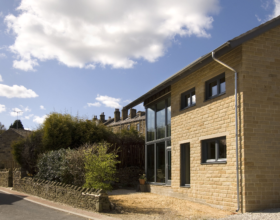
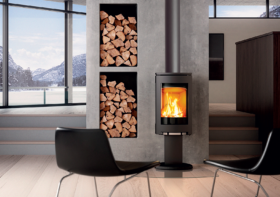






























































































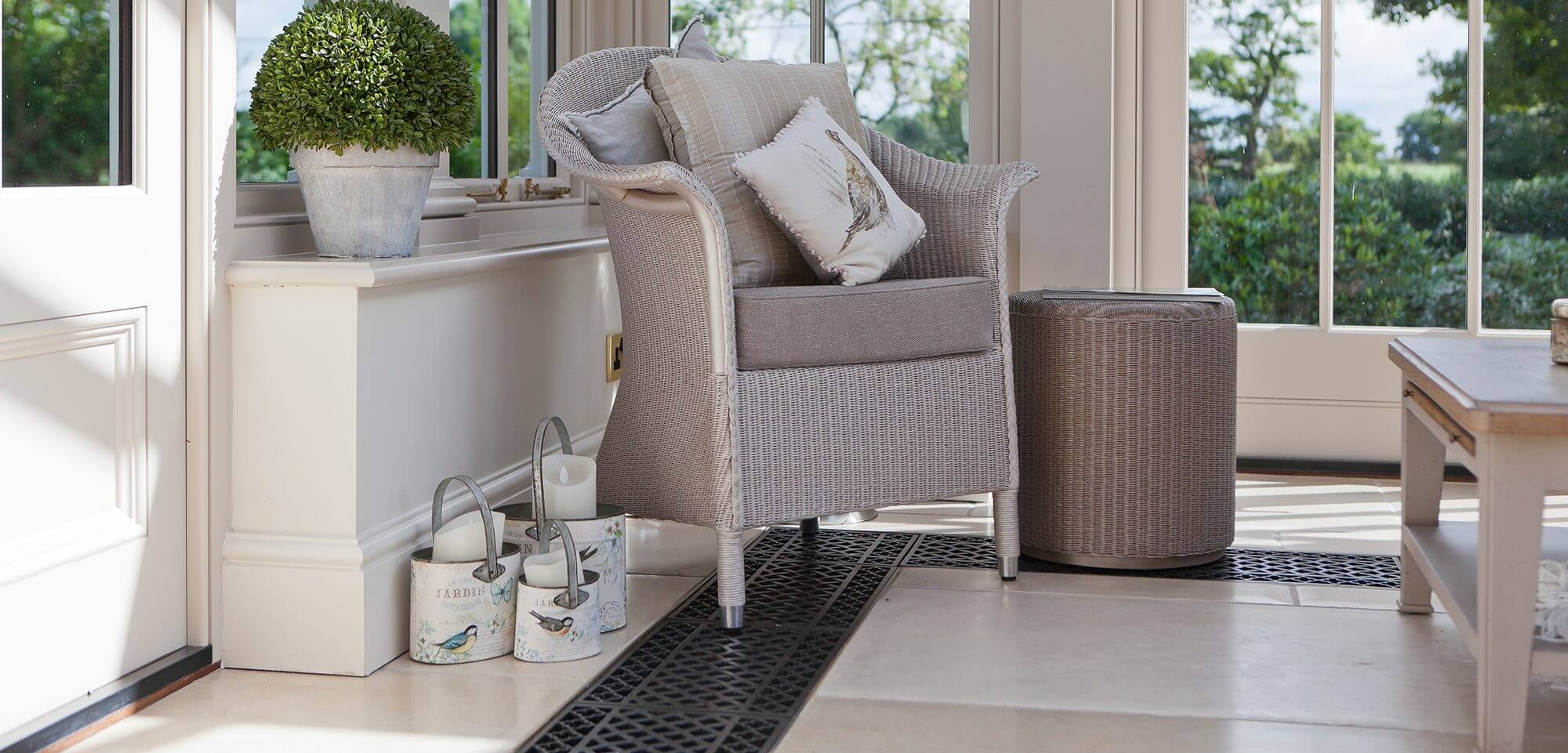
 Login/register to save Article for later
Login/register to save Article for later


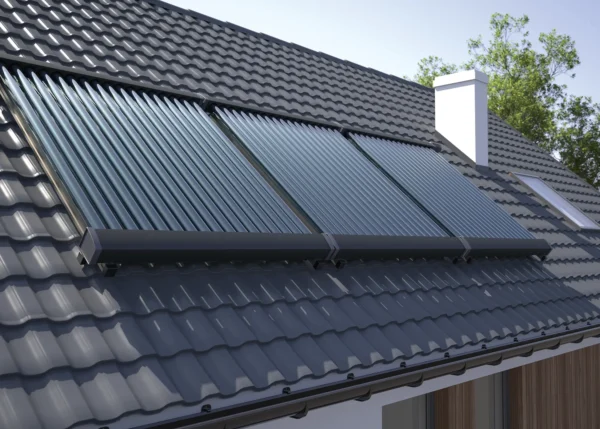

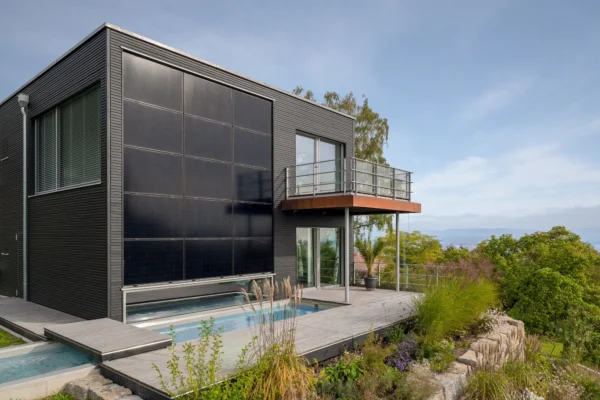
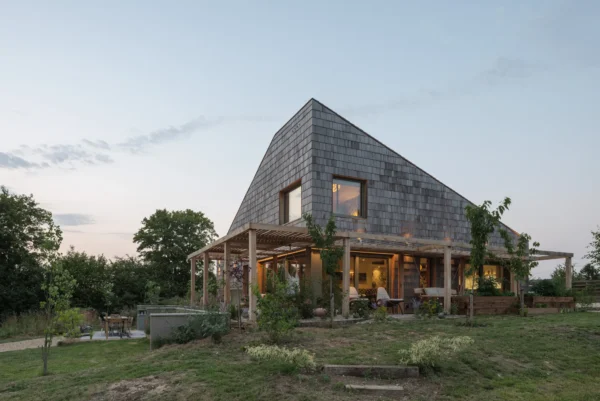
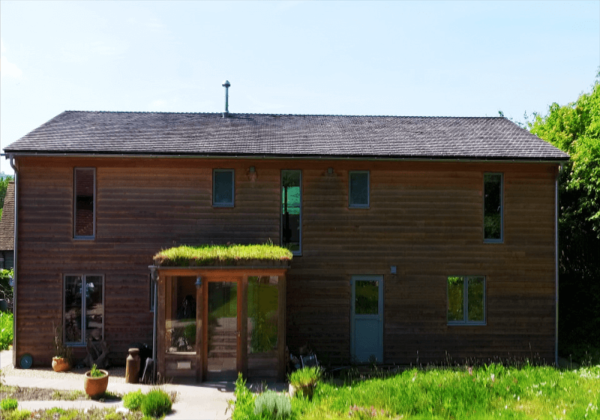
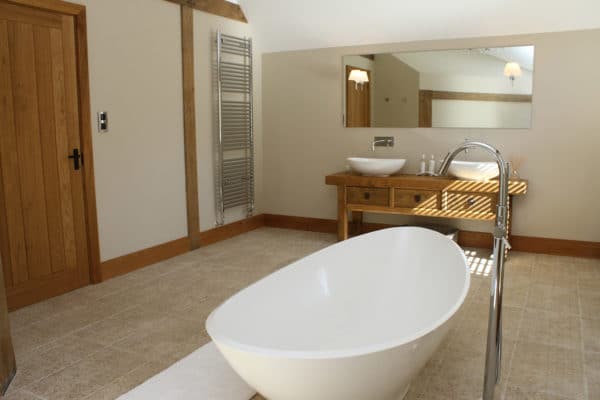




Comments are closed.